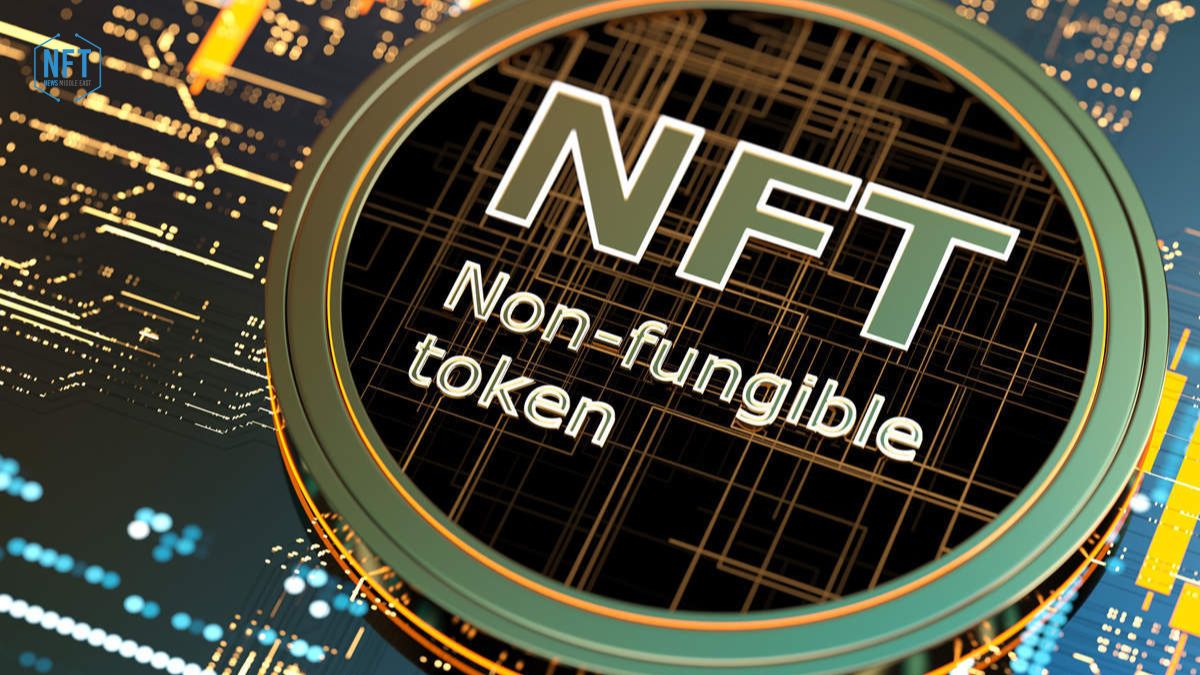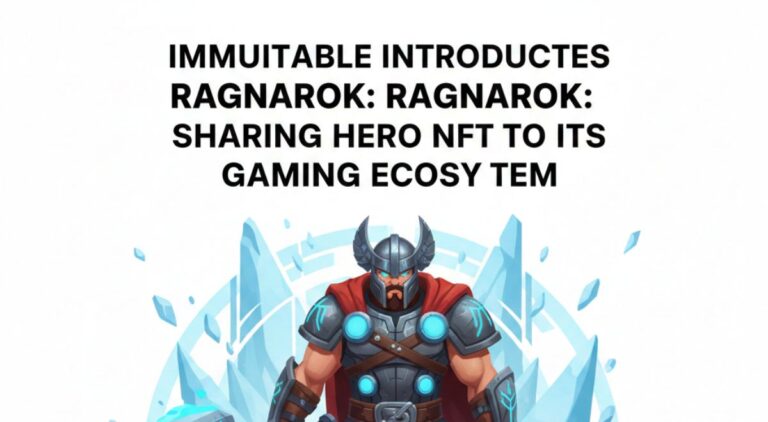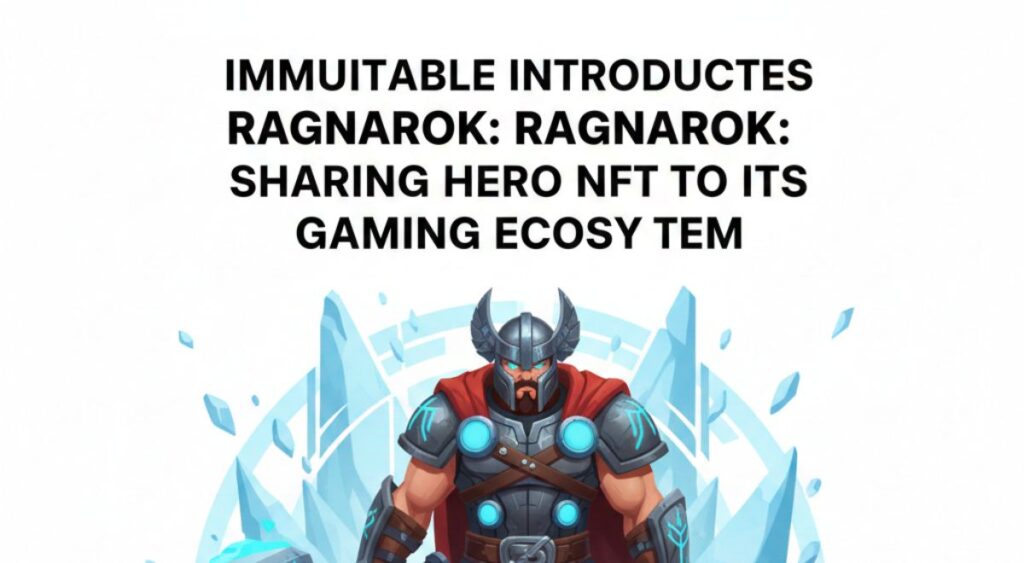NFT and cryptocurrencies have a relationship that goes beyond just being digital assets. Crypto is what NFTs are purchased with. In addition, and most importantly, both concepts operate from blockchain technology . NFTs are unique digital representations. It includes any digital asset like collectibles, video game characters, artworks, etc. Most NFTs are built on the popular Ethereum blockchain, and the underlying crypto that might be used for NFTs is ether.
It usually begins with registering a digital asset on a blockchain network, where such NFT can be sold, ownership is changed, and crypto payment is received.
Since the boom of Non-fungible tokens, digital asset has remained trending within the blockchain space. However, the last few months have seen NFT’s sales value dropping. If you have noticed, the same decline in value has been happening to cryptocurrencies.
Relationship between NFT and Crypto pricing
Firstly, to understand the relationship between the pricing of NFT and crypto, we must clarify one thing. Crypto is quite distinct from NFTs. While crypto is a form of payment for NFT, they do not have the same characteristic. Crypto is purely a currency, while NFTs are created to be assets. The non-fungible nature of NFTs gives it its asset-like properties, while cryptocurrency is fungible.
Moving on, the major intersection between crypto and NFTs is through Ethereum. NFTs are primarily registered on Ethereum’s smart contract. Although it would be easier to say that the volatile nature of crypto affects NFTs pricing, this is not entirely true. The few months’ impacts of “crypto winter” on NFTs can be viewed differently.
When crypto was experiencing a downturn, the largest NFT sale was made. CryptoPunk sold an NFT for 2,500 ETH. So even with the high crypto freeze, an NFT collection could still command a high price.
With this in mind, we understand that the market decline in cryptocurrency does not necessarily “spill over” to NFTs. However, remember that the link between crypto and NFT pricing can be found through Ethereum. Thus, when the NFT sold by CryptoPunk for 2,500 ETH was worth $10.25 million, two months later, the same 2,500 ETH was worth $7.7 million. A little later, the same 2,500 ETH was worth only $2.6 million.
In essence, the value of NFT is tied to the price of cryptocurrencies. It might seem like the market is doing well due to high trading volume. However, the reality is that investors are selling off their NFTs, leading to a decline in the overall market value.
Bottom line
In this article, we have attempted to establish a link between NFT pricing and Crypto pricing. We have seen that although NFT prices may not be affected by crypto’s volatility, the value of NFTs does not remain the same.
To conclude, when the crypto market is doing well, any NFT traded should also retain its value. Hopefully, when the crypto market gains stability, a balanced view of how much crypto pricing affects NFT pricing can be ascertained better.
















